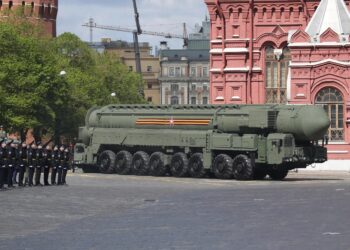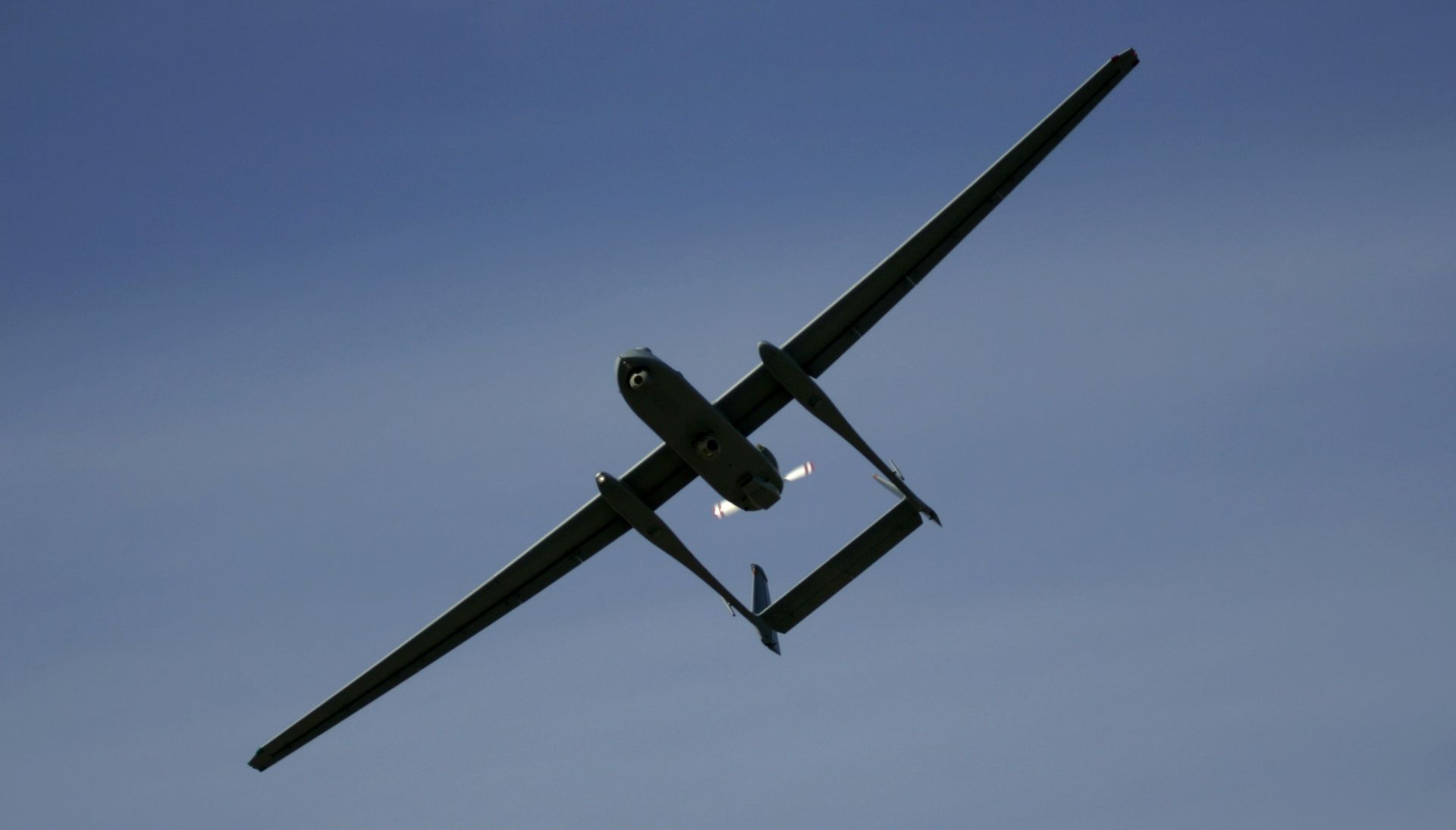, WASHINGTON: Lawmakers in the U.S. House of Representatives are considering Bush administration budget requests for building new nuclear weapons, a move supporters say will create safer warheads. Critics say the move could undermine global non-proliferation efforts. In Washington, where a House Appropriations subcommittee recently heard arguments for and against the new plan.
Democratic Congressman Peter Visclosky, who chairs the subcommittee responsible for funding U.S. nuclear-weapons programs, said the question under consideration is not whether the United States should have nuclear weapons at all.
“The United States will continue to rely on a safe and reliable nuclear weapons stockpile, as a national security deterrent, for the future,” said Peter Visclosky. “However, that does not mean we need to have one more nuclear weapon than is necessary for that purpose.”
Under consideration is a proposal to develop a so-called reliable replacement warhead, which supporters say is needed to ensure the future safety, reliability and security of the U.S. nuclear weapons stockpile. The new weapons would be certified without ground testing, which has been banned by the Comprehensive Test Ban Treaty.
The Department of Energy in March announced its design choice and has requested $89 million for the 2008 fiscal year to look into the design and develop cost estimates.
General James Cartwright heads U.S. Strategic Command, which is responsible for U.S. nuclear military assets and operations in outer space. He told lawmakers the new nuclear weapons design would lead to a smaller number of more modern warheads that are safer and less expensive to maintain than current stockpiles.
“There are 21st century manufacturing processes and approaches to business that allow us to manage these problems, not with huge inventories, but with smart manufacturing process, and drive down the cost associated with these inventories,” said General Cartwright.
Experts have estimated the U.S. nuclear arsenal includes more than 9,000 operational and inactive warheads. The United States and Russia have signed a treaty to reduce the number of strategic nuclear warheads to about 2,000 each, by the year 2012.
Meanwhile, former Senator Sam Nunn, the co-chairman of the private organization called Nuclear Threat Initiative, spoke out against congressional funding for the new warhead.
“If Congress gives a green light to this program, in our current world environment, and I stress, in our current world environment, I believe that this will be misunderstood by our allies, exploited by our adversaries, complicate our work to prevent the spread and use of nuclear weapons, and make resolution of the Iran and North Korea nuclear challenges all the more difficult,” said Sam Nunn.
He also expressed concern that if the United States developed a new nuclear weapon, it would make it harder for Washington to discourage other countries that are on the verge of developing their own nuclear arms.
Critics also say the new design is not necessary. They point to scientific studies concluding that the plutonium pits used in U.S. warheads can be counted on to remain in good condition much longer than had been expected – for 50 to 100 years.
Russia’s updated nuclear ‘red line’ adds uncertainty: experts
Russia's new nuclear doctrine reflects its hopes to deter Ukraine's allies from a greater role in the war by establishing...









